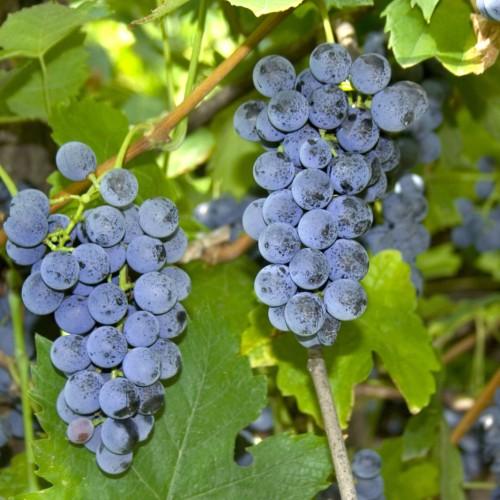
fox grape
Vitis labrusca
Cycle:
Perennial
Watering:
Average
Hardiness Zone:
5 - 8
Flowers:
Flowers
Sun:
Full sun
Fruits:
Fruits Ready In Fall
Edible:
Yes
Leaf:
Yes
Growth Rate:
Low
Maintenance:
High
Care Level:
Medium
watering
Fox grapes require moderate but regular watering. Water them deeply 2 to 3 times a week, depending on weather conditions. If the area gets a lot of rain, reduce the watering frequency. Make sure the soil has a chance to dry out between waterings. Avoid overwatering, as this could lead to root rot or other problems. In the summertime, water your Fox grapes first thing in the morning so the foliage has plenty of time to dry off before the evening. This will help prevent problems such as powdery mildew.
sunlight
Fox grape plants require a minimum of 6 hours of direct sunlight per day. If possible, they should be exposed to more sunlight for best performance. The sunlight should be most intense in the morning, with some shade in the late afternoon. This grape prefers warm conditions and can typically handle temperatures between 60-85°F. In summer, it can withstand slightly higher temperatures. It should be protected from cold in winter and will not survive temperatures below 15-20°F.
pruning
The fox grape (Vitis labrusca) should receive the majority of its pruning during the dormant season. When pruning, only remove dead, damaged, weak, and crowded branches. All other growth should be allowed to remain to support fruiting the following season. Pruning should be done on an as-needed basis, with a light pruning done in late winter and more severe pruning done in late winter to early spring when the plant is still dormant, just before bud break. It is also important to cut back any shoots growing horizontally. This will ensure that the growth is dense and will help with air circulation when the plant is in its full fruit-bearing phase.
